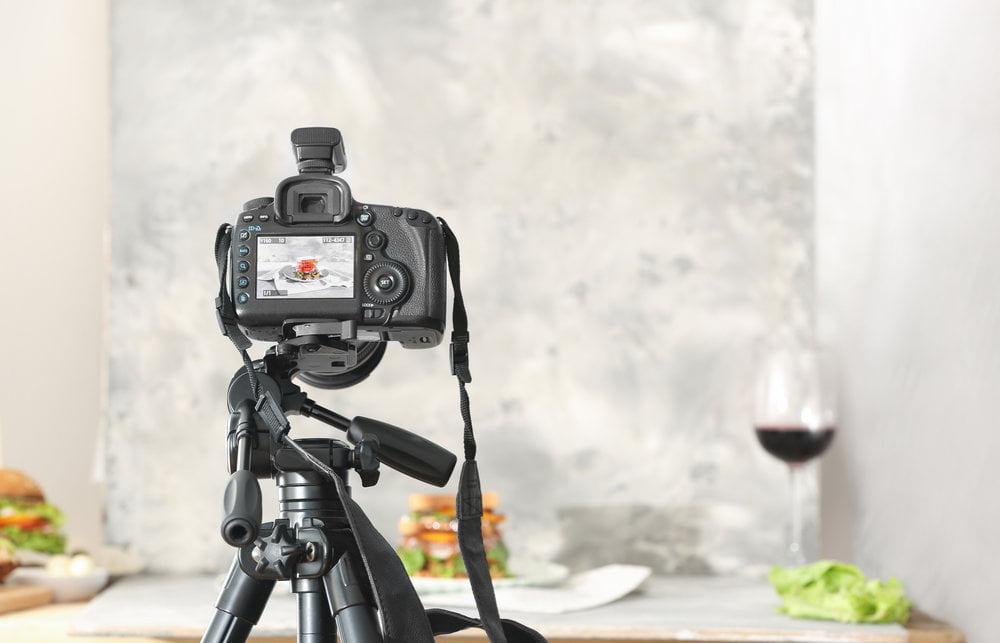Harness the power of natural light to create stunning food photos. Our tips will help you capture the beauty of your dishes in any setting
Harness the Power of Natural Light to Create Stunning Food Photos
When it comes to food photography, lighting is everything. The right lighting can transform a simple dish into a mouthwatering masterpiece, capturing its textures, colors, and details in all their glory. While artificial lighting can be useful in certain situations, nothing beats the beauty and authenticity of natural light. By harnessing the power of natural light, you can elevate your food photography to new heights.
Natural light has a unique quality that cannot be replicated by artificial sources. It is soft, diffused, and brings out the natural colors and textures of your food. Unlike harsh, direct artificial lighting, which can create unflattering shadows and highlights, natural light gently wraps around your subject, highlighting its best features.
Advantages of Natural Light in Food Photography
Natural light is considered to be the best source of light when it comes to food photography. Here are some of the advantages:
- More natural and realistic: Natural light creates a more natural and realistic look to the food. It helps to bring out the true colors and textures of the food.
- Less harsh: Natural light is softer than artificial light, so it gives a more subtle and gentle effect on the food being photographed.
- No color distortion: Natural light doesn’t distort the colors of the food. It gives a true representation of the color, unlike artificial light which can cast a yellowish or bluish tint on the food.
- Cheap and easily accessible: Natural light is free and easily accessible. You don’t need any expensive equipment to achieve great results.
- Offers versatility: Natural light offers a lot of versatility, allowing you to change the angle, position, and intensity of your light source easily depending on the time of day, weather conditions, and the location of your shoot.
Here are some tips on how to harness the power of natural light to create stunning food photos:
- Shoot during the golden hour. To make the most of natural light in your food photography, it’s important to understand how it behaves throughout the day. The best time to shoot is during the “golden hours” – the hour after sunrise and the hour before sunset. During these times, the sun is lower in the sky, casting a warm, golden light that adds a beautiful glow to your images.
- Find a window with soft light. Position your subject near a window or in a shaded outdoor area to take advantage of this soft, diffused light. Avoid shooting in direct sunlight, as it can create harsh shadows and cause your food to appear washed out. Instead, look for areas with indirect light or use a diffuser to soften the light further.
- Use a reflector. To further enhance the natural light in your photos, you can use reflectors or bounce cards to fill in shadows and add a touch of brightness to certain areas. These simple tools can make a big difference in the overall look and feel of your images.
- Experiment with different angles. Experiment with different angles and compositions to find the best lighting for your dish. Side lighting can create depth and bring out textures, while backlighting can add a beautiful halo effect and make your food appear more vibrant. Don’t be afraid to move around and explore different angles to find the most flattering light for your subject.
- Pay attention to the background. The background can make or break a food photo. Choose a background that is simple and uncluttered, so that the focus is on the food.
- Edit your photos. Once you’ve taken your photos, you can edit them to further enhance the natural light. Use a photo editing software to adjust the brightness, contrast, and saturation to create a look that you love.
In addition to understanding the behavior of natural light, it’s essential to pay attention to the overall ambiance of your shot. Consider the mood you want to convey and how the light can help enhance it. Soft, diffused light can create a cozy, intimate atmosphere, while brighter, more direct light can give a sense of freshness and vibrancy.
By following these tips, you can harness the power of natural light to create stunning food photos that will make your mouth water.
Additional Tips
Here are some additional tips:
- Use a tripod to keep your camera steady. This will help to prevent blurry photos.
- Use a fast shutter speed to freeze the action. This is especially important if you are shooting food that is moving, such as soup or coffee.
- Use a wide aperture to let in more light. This will create a shallow depth of field, which will blur the background and focus attention on the food.
- Experiment with different compositions. There is no right or wrong way to compose a food photo. Just have fun and see what you come up with.
With a little practice, you’ll be able to take stunning food photos that will make everyone want to eat.
Harnessing the power of natural light in your food photography takes practice and experimentation. It requires patience, observation, and a willingness to adapt to different lighting conditions. But the results are well worth the effort. By using natural light to its fullest potential, you can create stunning food photos that not only showcase your culinary creations but also evoke a sense of warmth, beauty, and deliciousness.
So next time you’re capturing your favorite dish, step away from the artificial lights and embrace the beauty of natural light. Let it guide you in creating photos that not only make your viewers’ mouths water but also capture the essence and magic of the food you love.

